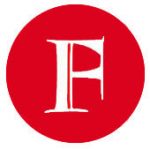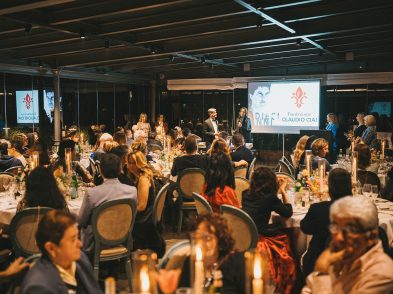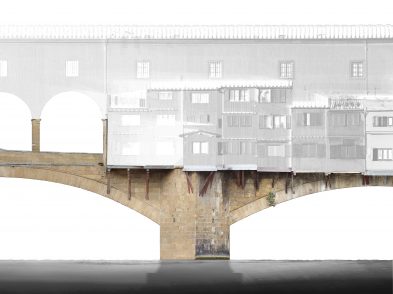Cornelis De Jode’s terrestrial globe, an extremely rare example of historical cartography, and a paper astrolabe, dating to 1668 and possibly made in northern France, are the two precious scientific instruments recently presented at Florence’s Galileo Museum.
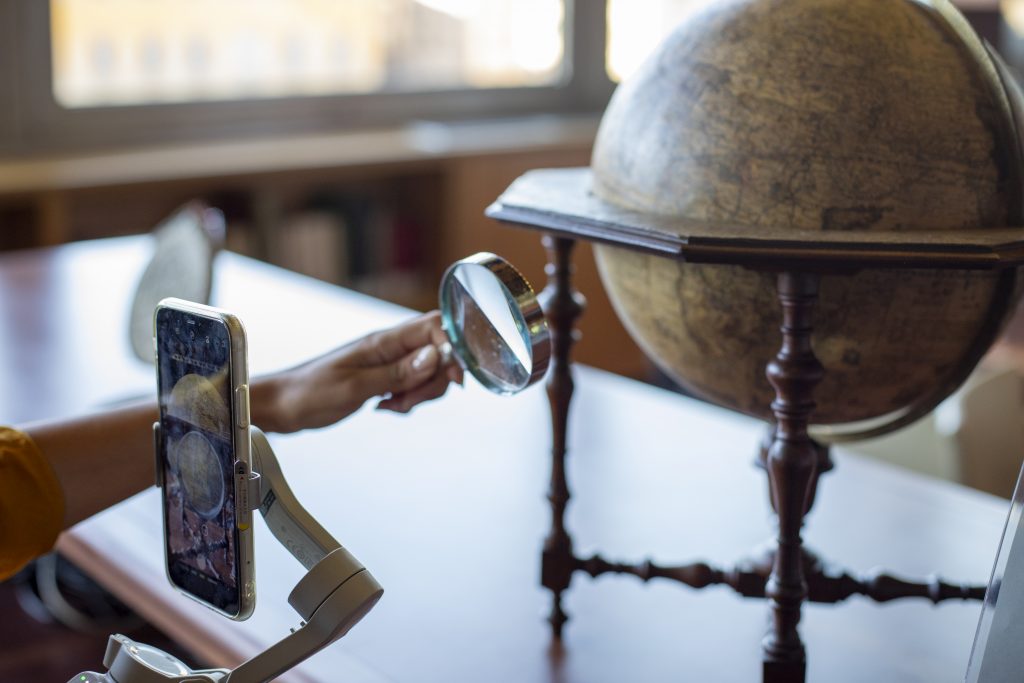
The Italian Ministry of Culture recently acquired the valuable artifacts on behalf of the regional management of museums in Tuscany,which, in turn, loaned them to the Museo Galileo on a permanent basis. The two instruments will soon be displayed in a dedicated showcase in a recently renovated room on the ground floor alongside another item acquired by the Ministry of Culture in 2022: Philippe-Claude Le Bas’ Gregorian reflecting telescope (c. 1720).


Dating to 1594, Cornelis De Jode’s globe was made in Antwerp. When it came on the market in 2016, it had an export restriction order and was purchased for 385,568 euro in November 2022. An extremely rare and valuable item in the field of cartographical history, it is the sole surviving globe to have been made by Flemish cartographer and printer, whose known output has hitherto been restricted to a set of cartographical globe segments now in the Bibliothèque Nationale de France in Paris. The globe was in a critical condition, revealing signs of serious deterioration, including a number of glaring gaps on the paper’s surface. Following in-depth diagnostic examination, it underwent a complex cleaning and restoration process funded by the Friends of Florence Foundation and performed by the Florence-based Officina del Restauro. The restoration was supervised by Stefano Casciu, in conjunction with Lucia Nucci, the Direzione Regionale Musei’s resident restorer, and with the additional supervision of Giorgio Strano, the Museo Galileo’s collections manager.
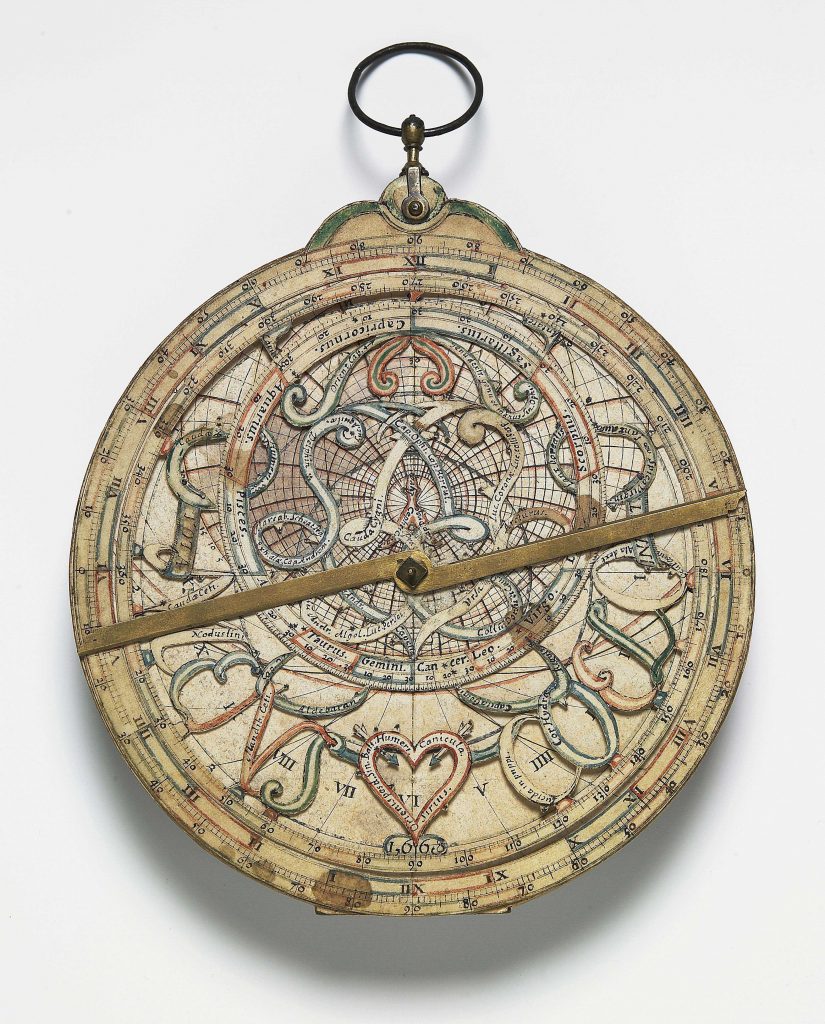

Possibly made in France, the paper and wood astrolabe comes complete with its original case. Milan’s department for archaeology, fine arts and landscape received a request for export from its owner, but in view of its outstanding interest for the history of science, the Ministry of Culture rejected the request and purchased it on behalf of the Direzione Regionale dei Musei della Toscana, earmarking it for the Museo Galileo. The solar clock on the back of the instrument shows the latitude 49°30’, which suggests that it was designed for use in the far north of France or, more probably, in Bavaria. (Nuremberg, at 49°27’ N, was renowned for the manufacture of scientific instruments.) The date, 1668, is compatible with the handwriting of the inscriptions. The instrument is extraordinarily accurate from a scientific standpoint, the graduated scales having been drawn with the utmost precision. The date of the spring equinox is ideally set at March 21, which points to a Catholic environment fitting with northern France or Bavaria (where the Nuremberg enclave was an exception: the Gregorian Calendar was only officially adopted there in 1699). The astrolabe is an extremely rare item, in view of the fact that only a handful of manuscript planispheric astrolabes on paper or card dating to earlier than the 18th century have survived to this day.

